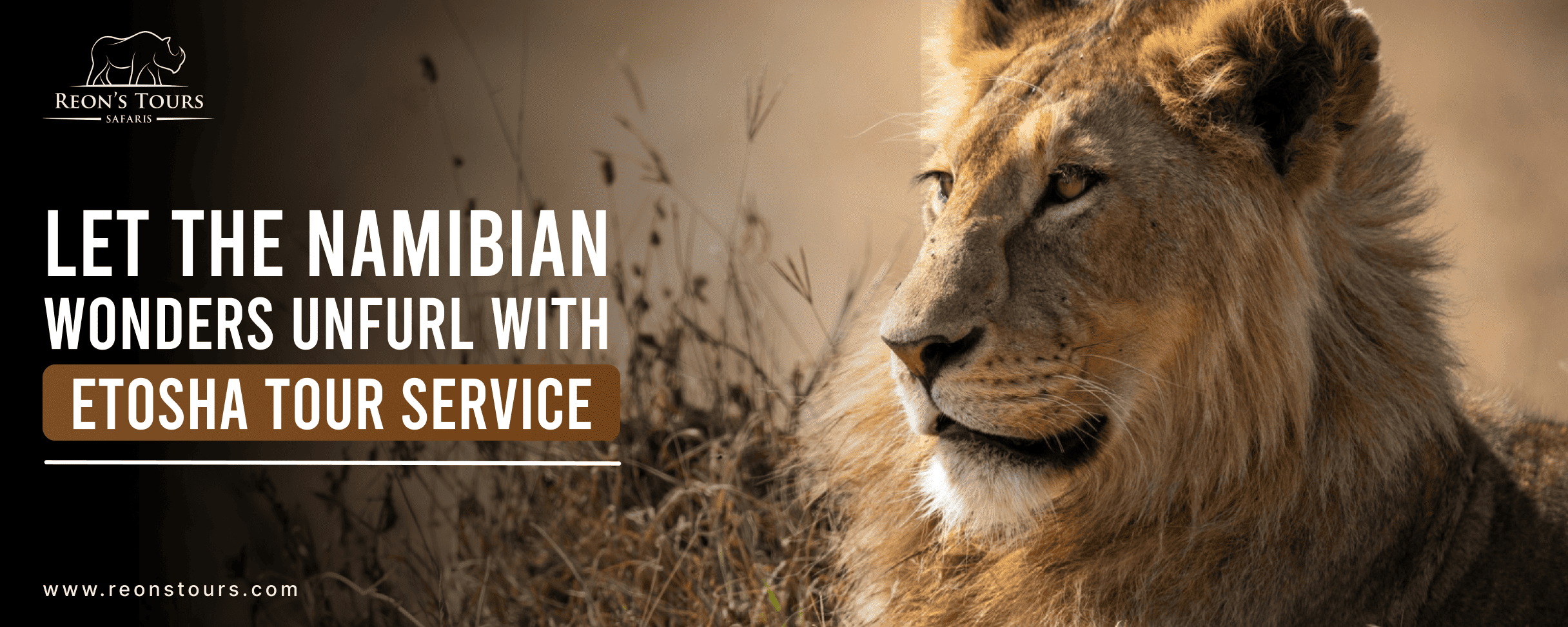The perfect time to visit Etosha National Park is during the dry season which is from May to October. The pleasant weather conditions with low temperatures make this time of the year absolutely ideal for visiting this part of the world. Also this is the best time to get a spectacular view of the wildlife.
Even though it is best to visit Etosha National Park located in northwestern Namibia during the dry season, you have the option to visit this park at any time of the year. It indeed is a destination worth visiting and it is home to a wide variety of species.
Unfolding the mysteries of Etosha National Park
The Etosha Pan
Most parts of Etosha consists of savannah grasslands and Etosha pan occupies the central portion of the region. The pan is a large lake bed and it is visible from space. The pan remains dry for most of the year because of the hot and semi-arid climate.
The wet season at Etosha
Etosha experiences high temperatures along with rainfall in the afternoon and this weather condition persists from November to April. It becomes difficult to reach certain parts of the park because of the rising water levels. The wildlife is found mostly in the savannah during this time. Spotting wildlife could be a bit of a challenging task. The pan gets converted into a lake and the greenery of the park is something that welcomes nature lovers to this place particularly during the wet season. Also this is the best time if you want to avoid crowds and are passionate about landscape photography. The afternoon heat and the thunderstorms can be avoided as game drives occur mostly in the evenings and the early mornings.
At the end of the dry season, it marks a period when survival becomes difficult for the herbivores because due to scarcity of food, the strong predators wait to pick their weak prey. This is the story of the Etosha National Park at this point of time and you can experience it with Etosha tour service in the finest way.
The period of transformation
During the wet season of Namibia, the Etosha National Park receives more than 415mm of rainfall and the temperature in the afternoon ranges from 32 to 35 degrees celsius. From January to March, during this time the rains transform the park. Water from the small rivers like Ekuma River fills up the pan which is a natural depression and has no outlets. Soon you can see the bullfrogs giving birth to innumerable tadpoles and they soon become prey to different predators like blue cranes, eagles, snakes and so on. The flamingos can be seen along the shoreline and the great while pelicans also give birth to the young ones on the islands.
The herbivores like the zebra give birth to their young ones in the grasslands where wildflowers appear and these areas turn lush green after absorbing water during the wet season. Even though the temperatures are high and the wildlife can be found in lower numbers, the natural beauty of this place beckons everyone to visit the spectacular Etosha National Park. The wet season in a way prepares the wildlife to deal with the long dry season that lies ahead.
The dry season – the ideal time to visit Etosha
The dry season happens to be the best time of the year to visit this national park. It is that time of the year when you shall get to see a wide variety of wildlife. It so happens that the landscapes start drying out and as a result the animals as well as the birds begin to gather near the waterholes in large numbers. There are more than 40 waterholes where you can see the four of the Big Five except buffalo and also other wildlife species. The temperatures are quite lower during this time and it ranges from 27 degrees celsius to 33 degrees celsius. The mornings are cold and you can see the busy Etosha National Park with its wildlife and also serene natural beauty and let the hidden mysteries of this place unfurl with Etosha tour service.
The dry season is indeed extremely fascinating and you can view the park with its unique characteristics in each of the months during this particular season. The grasslands begin to dry and as the months pass by the lake also begins to dry. Animals like the zebras can be seen wading through the muddy areas. The spotted hyenas and also the black-backed jackals can be seen around the lake preying on the weaker animals like some species of birds. Also you shall get to see elephants, giraffes, oryx, rhinos and so on.
You could also see the lions and the leopards hunting near the waterholes. Also this place happens to be the ideal spot for bird-watchers and there are high chances of seeing ostriches, bateleur eagles, weavers, Glossy starlings, Red-billed quelea and the list goes on.
The weather conditions in brief
The low rainfall during the months of November and December bring some relief to the plains and the acacia trees can be seen blooming during this time of the year. The peak rainfall occurs during January, February and March. April marks the end of the wet season. May, June, July and August are the cool, dry months and September and October mark the end of the dry season.
Final Note
Etosha National Park is a great place where you can observe wildlife in a spectacular ecosystem. The dry season is the best time to visit this national park and you can see abundant wildlife. By opting for our Etosha tour service at Reon’s Tours, you shall be able to explore the best of Namibia and experience the serenity of this place in the best way possible.






